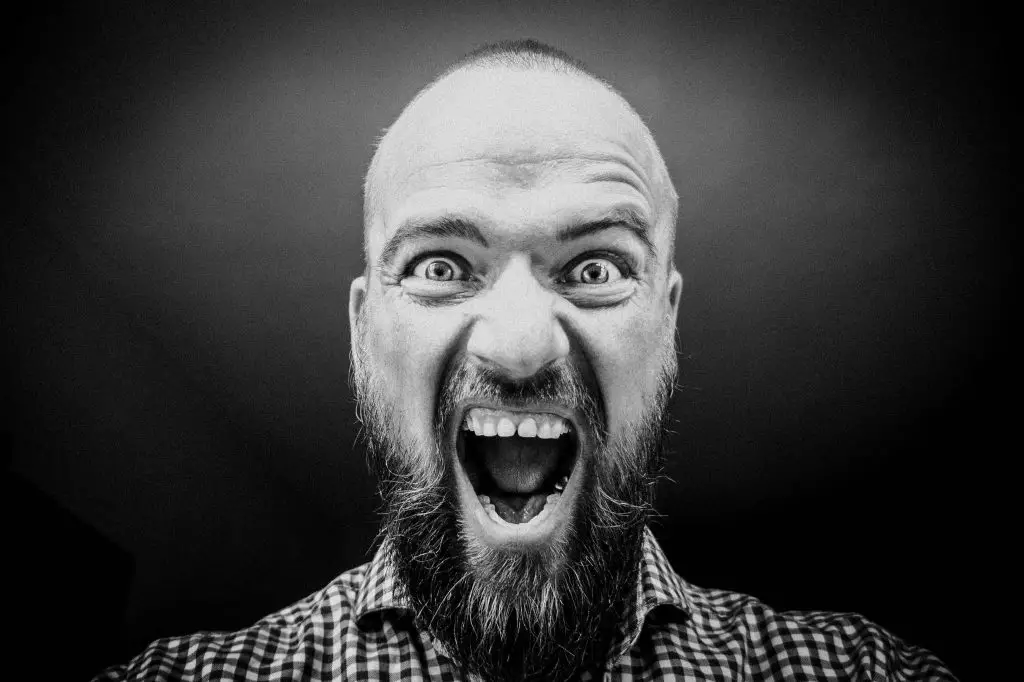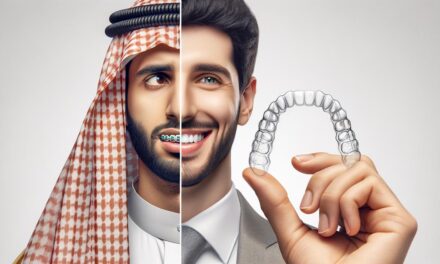The purpose of bite correction is to achieve harmony between the positions of the lower jaw (bite) and coordinate it with the TMJ (jaw joints). The goal is to get the jaw in the right position so the teeth, bite and jaw joints work together during all of the elements of function such as speaking, chewing, sleeping, clenching and/or grinding along with smiling.
There are many causes that can negatively effect your bite. Barely noticeable, your teeth will shift and wear over your lifetime. You may have a good bite in the early years but it will usually worsen over time. Bad bites cause our faces to age prematurely, faces get physically shorter, sleeping soundly becomes more difficult, TMJ problems can develop, slurry speech slowly increases and there is less space for our tongues. The mechanical disadvantage from a bad bite can be so troublesome that patients are physically compromised. Patients don’t realize that their physical and cosmetic problems are due to a bad bite.
Bite Misalignment
There are many ways that a bite becomes misaligned. An example would be a small looking chin ( that is really larger than it looks ) is really caused by a deep overbite. Another example would be a large looking chin ( that is really smaller than it looks ) is caused by an under bite.
Clenching and grinding cause the teeth to wear down faster which contributes to premature aging. TMJ pain, headaches and neck pain are common problems with bad bites because the teeth and jaw joints are out of sync . When the patient bites their teeth together, the jaw joints are forced to function in an unnatural position.
When teeth are shorter patients with bad bites loose facial support contributing to premature aging and facial wrinkles. Some of the patients attempt to reduce the rate of the aging process with facial surgery, Botox® or facial fillers but they are not treating the solution to the problem, instead they are only treating the symptoms.
Bite Correction Solutions:
Orthodontics or braces – Takes a couple of years, doesn’t help if the teeth are short, worn down or yellow, excellent tooth movement but cannot get the most ideal jaw position in many cases but straightens crooked teeth very well.
Invisilign®
A removable retainer technique that is used for simple tooth alignment and generally takes one or two years.
Jaw Surgery & Braces
This method removes and repositions jaw bones and moves the teeth with orthodontics to correct overbites and under bites. But it has significant risks and side effects. Requires hospitalization and two or more years of braces. For the extreme cases jaw surgery can be the best course of treatment.
Mouth Reconstruction
Generally involves grinding down the teeth for porcelain crowns and porcelain veneers. This is an invasive method developed many years ago. Grinding down healthy teeth also has risks such as sensitive teeth and possible root canal treatment. It is done with many different methods and quality standards so treatment varies widely.
Porcelain Veneers
Cosmetically improve just the smile but cannot improve the bite or the shape of your face, facial profile or jaw position.
Face Lift Dentistry® Method
The non-invasive, no tooth grinding treatment used with VENLAY® restorations to correct bites. It only takes a couple of weeks and improves health and appearance quickly and with little risk. It can correct under bites, overbites, cross bites, open bites, collapsed bites, jaw surgery failures, reverse premature aging, enhance the chin size appearance and improve facial profiles.









